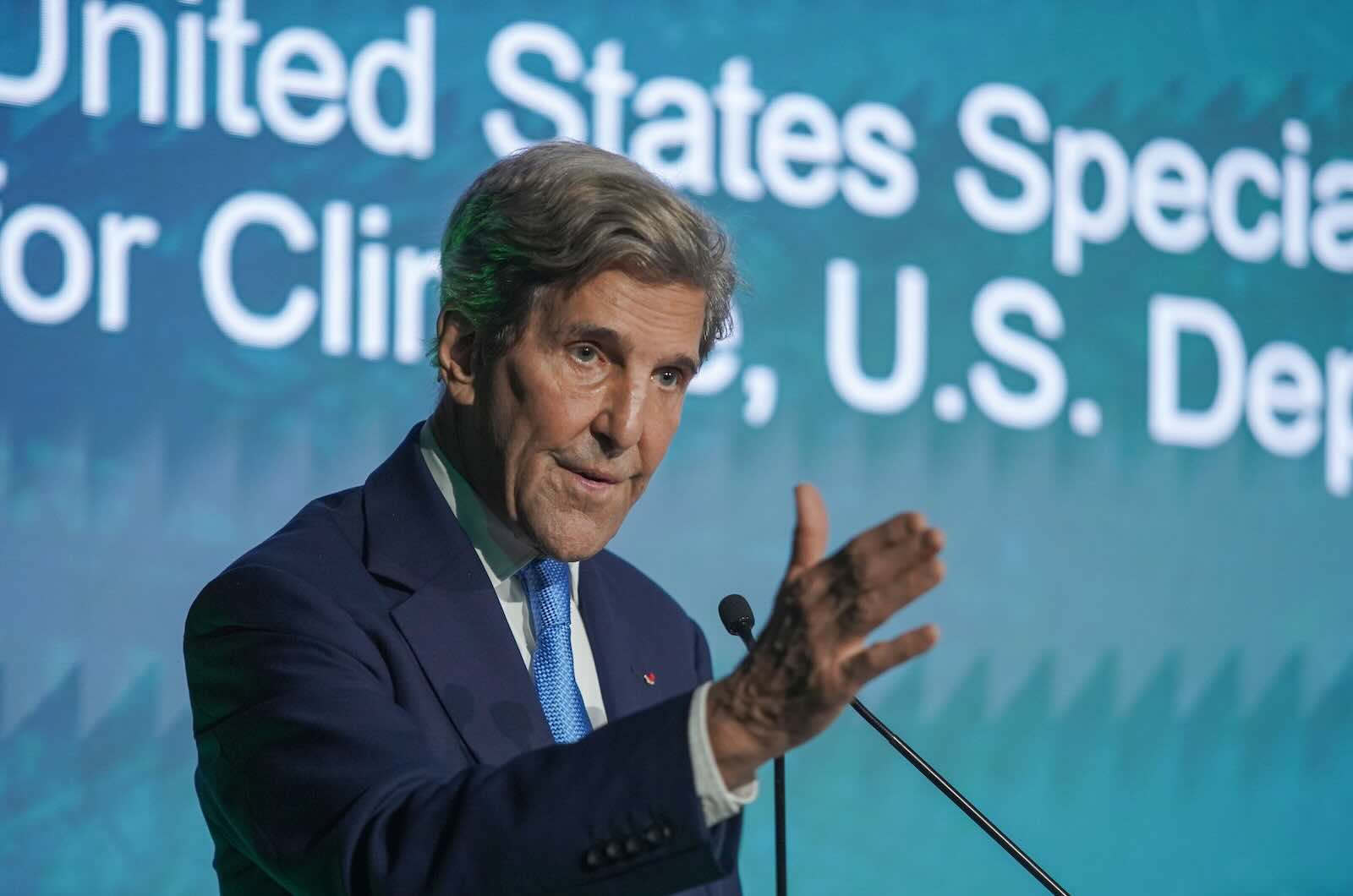The more than $560 million invested with a “gender lens” in public equities and debt, up five-fold since 2014, seems like a lot of money until you measure it against the opportunity: $28 trillion.

That’s the potential addition to global GDP by 2025 if women participated equally in the global economy, according to an estimate by McKinsey Global Institute. The 26 percent boost to the global economy is equal to the size of the U.S. and Chinese economies combined.
By 2028, women are expected to control three quarters of discretionary spending worldwide; in the U.S., they’ll control two thirds of all wealth. “The global economic power of women is growing faster than investors think,” U.S. Trust’s Jackie VanderBrug said at last week’s Economist impact investing conference.
Currently, women generate only 37 percent of global GDP. Narrowing or eliminating the gap will have a greater impact on emerging economies like India and Pakistan, where women spend 10 times as many hours in unpaid work as men. The U.S. as well could add $4.3 trillion — or 19 percent — to the 2025 economy with equal participation (take note, Uber, and the rest of Silicon Valley).
The benefits of women’s workforce equality accrue broadly. In emerging markets, women earners reinvest 90 cents of every additional $1 in families, healthcare and education (versus less than 40 cents by men). The key to the economic uplift, according to McKinsey: broad improvements in the perception of women’s value and equality in society.











